Letting dogs greet each other on leash might look friendly, but it can cause stress, fear, or even aggression. Here’s what you need to know about the do’s and don’ts of on-leash dog greetings and how to make every walk calm and safe.
What Are the Do’s and Don’ts of On-Leash Dog Greetings?
On-leash dog greetings might seem harmless, but they often trigger tension or frustration.
Learning the do’s and don’ts of leash greetings helps prevent leash aggression, protect your dog’s confidence, and keep your walks stress-free.
Many owners think letting dogs “say hi” on leash is polite, but not every dog wants to meet, and forcing greetings can backfire fast.
What Is Leash Aggression in Dogs?
Leash aggression happens when a dog lunges, barks, or growls at another dog during a walk. It’s not always about dominance, it’s often rooted in frustration or fear from being physically restrained.
When your dog feels trapped, they can’t use their natural calming signals, which builds tension and anxiety.
What Causes Dogs to Act Aggressive on Leash?

1. Their Communication Is Restricted
Dogs rely on scent, body language, and movement to communicate. When they’re leashed, they can’t approach naturally or circle and sniff, which can make them feel uneasy or defensive.
Leashes can also tangle, tightening pressure between dogs. That restriction adds stress and increases the chance of reactive behaviour.
PetWell Tip: After walks, give your dog a calm decompression moment and reward relaxed behaviour with CALM + TURKEY functional treats, these treats are made with turkey, chamomile and goat’s milk (for l-tryptophan), green tea (for l-Thianine), lemon balm, which is known for its relaxing properties and more, to gently support relaxation.
2. They Feel Trapped or Cornered
Dogs naturally rely on “fight or flight.” When they can’t move away, they may bark or lunge to protect themselves.
If a dog has been rushed or attacked before while on leash, that memory sticks, so they might now react to any similar-looking dog as a threat. Even friendly dogs can show aggression when they feel trapped.
That’s why trainers recommend never letting dogs meet head-on while leashed. It removes their sense of choice, and choice builds calm confidence.
3. Not Every Dog Wants New Friends
As dogs age, they often prefer quiet walks and familiar companions. Puppies might love making friends, but older dogs value predictability and personal space.
If your dog enjoys socialising, set them up for success:
- Visit fenced off-leash parks where they can move freely
- Try dog daycare or controlled playgroups
- Go on parallel walks with calm, known dogs
Respecting your dog’s boundaries is one of the kindest things you can do for their emotional wellbeing.
4. We Accidentally Reinforce Bad Habits
If your dog pulls toward another dog and you allow the greeting, they learn that pulling works. Over time, this turns into excitement-driven lunging.
When we pull back or tighten the leash, it adds pressure, which dogs interpret as tension or alarm. The result? Barking, jumping, or snapping.
Reward calm, loose-leash walking instead. Use high-value treats like PetWell’s freeze-dried single-ingredient treats to mark and reinforce good behaviour.
Should You Ever Let Dogs Greet on Leash?
No! Even if both dogs seem calm, leash greetings can change in seconds.
If you see another dog coming your way, politely say, “We don’t do on-leash greetings, thank you,” or simply cross the street. You’re not being rude, you’re protecting your dog’s trust in you.
Your dog relies on you to keep them safe. Sometimes that means walking away.
How Can You Handle On-Leash Dog Encounters Safely?
If another dog approaches, stay calm and use these steps:
✔️ Communicate clearly with the other owner, politely ask for space.
✔️ Keep your leash loose to prevent added tension.
✔️ Watch your dog’s body language, stiff posture or avoidance signals discomfort.
✔️ If either dog looks uneasy, calmly move away and reward your dog for following.
✔️ Use treats, toys, or cues to redirect focus instead of pulling back.
If reactivity persists, a force-free dog trainer or behaviourist can help you and your dog rebuild confidence together.
How Can I Calm a Leash-Reactive Dog Naturally?
You can help calm a leash-reactive dog naturally by reducing triggers, building trust, and supporting their emotional health with natural calming ingredients.
PetWell’s CALM Anxiety + Stress Support supplement is formulated with chamomile, goat milk, green tea, lemon balm and more, providing natural sources of L-Tryptophan and L-Theanine that promote relaxation without sedation.
Pair it with CALM + TURKEY functional treats to reinforce calm walking habits in a tasty, healthy way.
You read more about Dog Behaviour Problems & Natural Fixes
The Bottom Line
Leash greetings might seem polite, but they often create unnecessary stress. Understanding your dog’s communication style, avoiding forced meetings, and rewarding calm behaviour will make every walk safer and more enjoyable.
And remember, calm walks start with calm minds.
FAQs
Q1: Is it okay for dogs to greet on a leash?
No. Leash greetings often cause stress or fear because dogs can’t communicate naturally when restrained. It’s safer to skip them altogether.
Q2: Why is my dog only aggressive on leash?
Dogs may act aggressive on leash when they feel trapped or frustrated. Off leash, they have freedom to move away, so their behaviour appears calmer.
Q3: How can I stop leash reactivity naturally?
Stay calm, avoid tight leashes, reward relaxed behaviour, and use natural calming supports like PetWell CALM Anxiety + Stress Support or CALM + TURKEY treats.
Q4: What’s the best way to socialise my dog safely?
Choose off-leash areas, parallel walks, or structured playdates with familiar dogs, never forced greetings on walks.
Disclaimer: The entire contents of PetWell emails and website are not to be taken as medical advice. The team at Pet Squad Pty Ltd trading as PetWell encourages you to make your own pet health care decisions based on your research and in partnership with a qualified pet healthcare professional.
This article was prepared by the team at PetWell. Australia’s trusted provider of natural, human-grade pet supplements and freeze-dried treats for dogs and cats. Drawing on holistic animal behaviour insights and years of working with canine clients, PetWell champions kind, calm and scientifically informed solutions for every pet parent.
Posted By Ayda Hornak - Trained in Canine Psychology and Natural Animal Nutrition Care




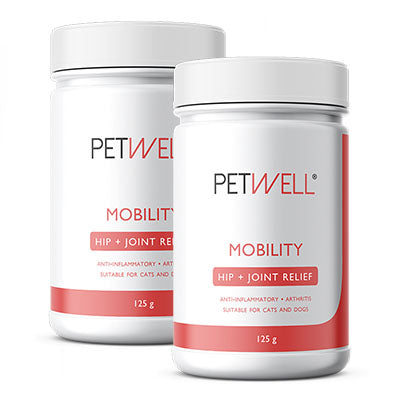
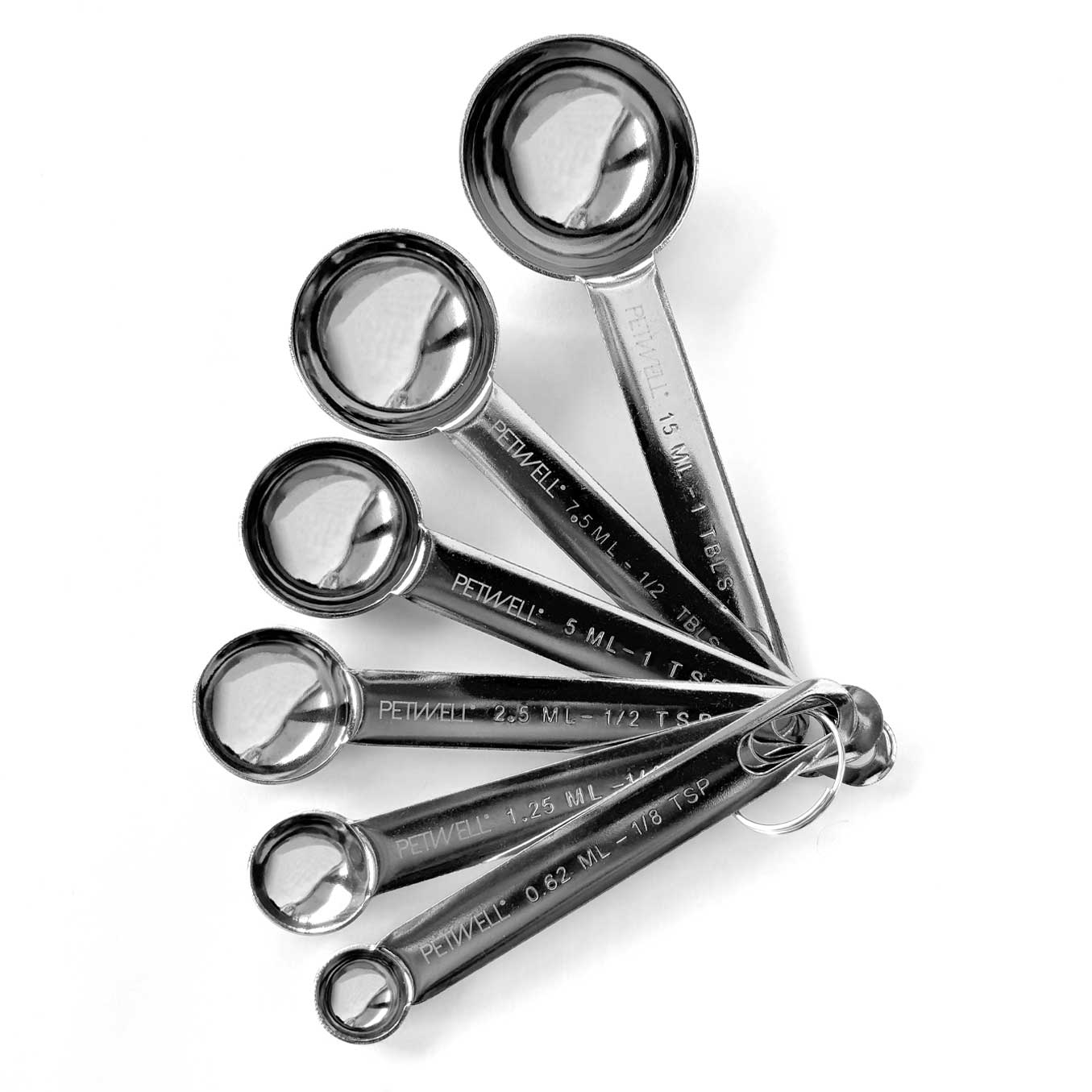
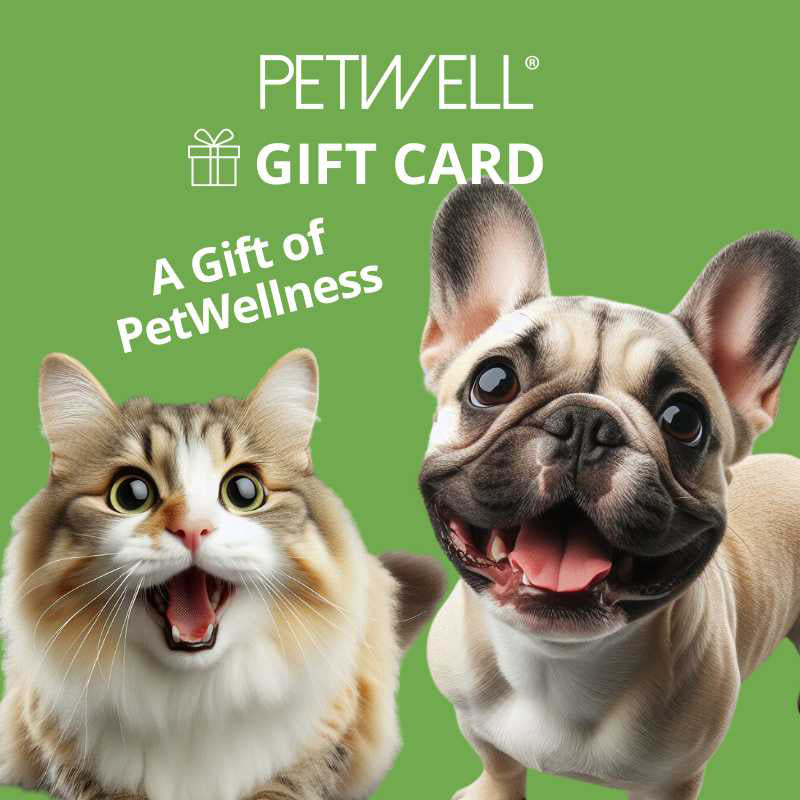
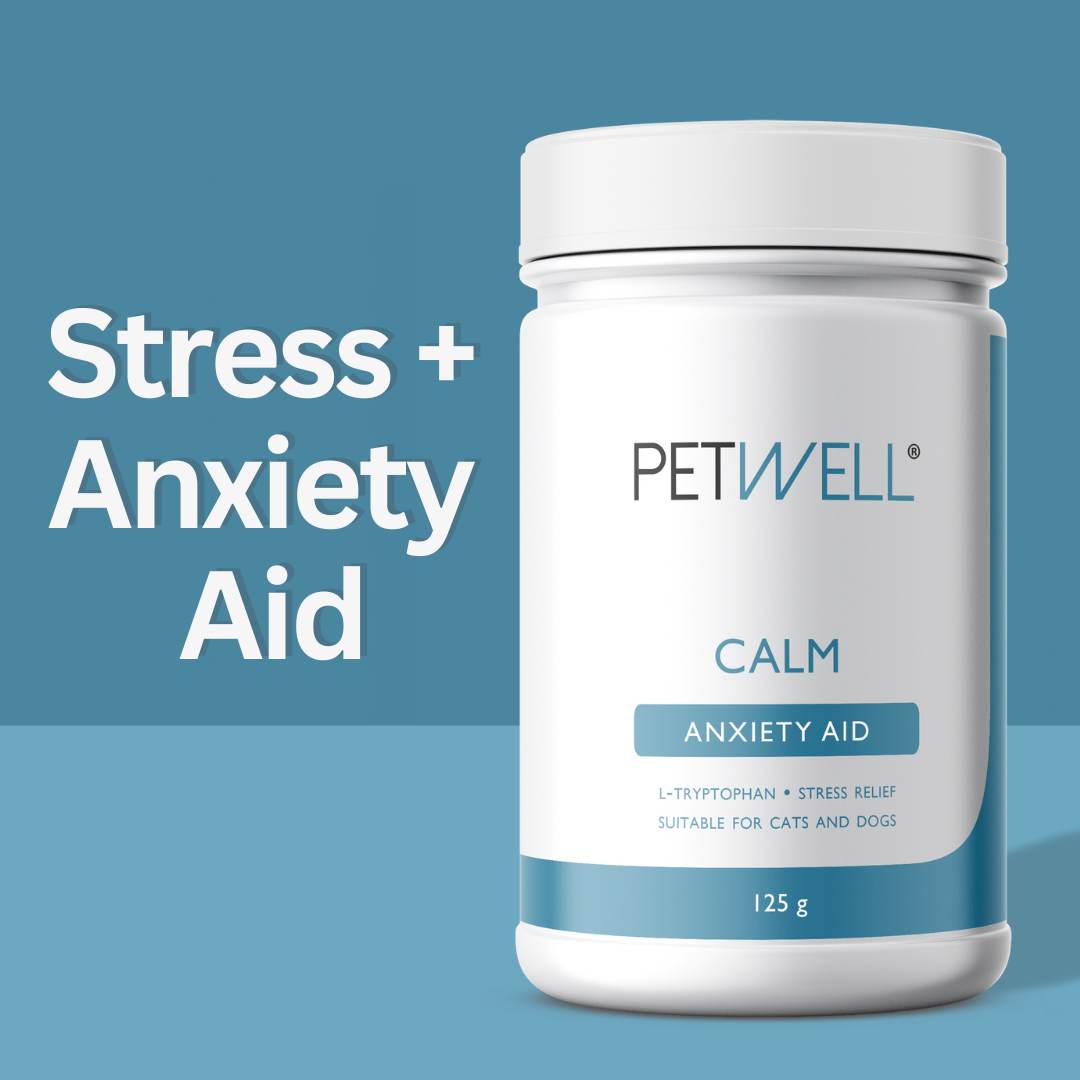


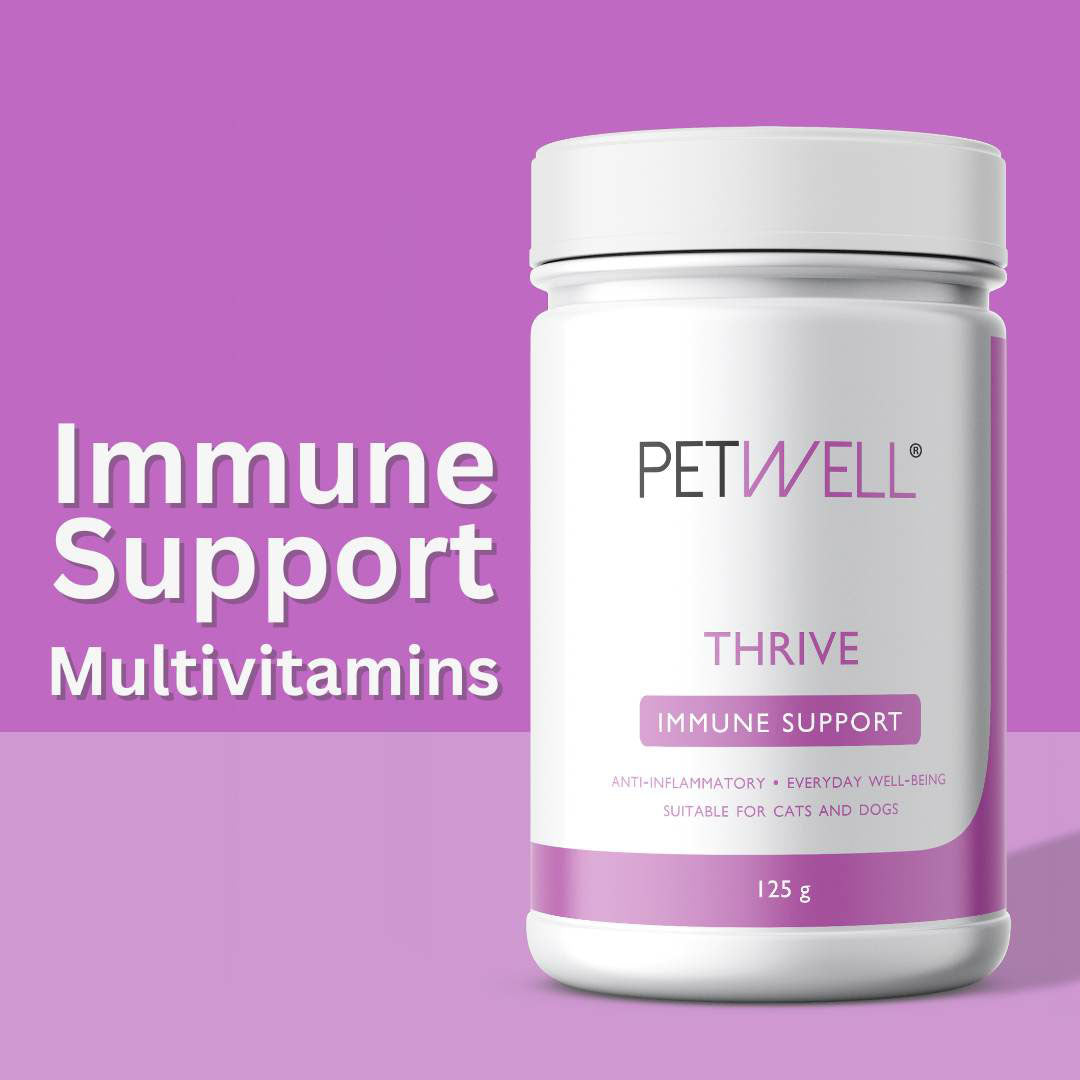


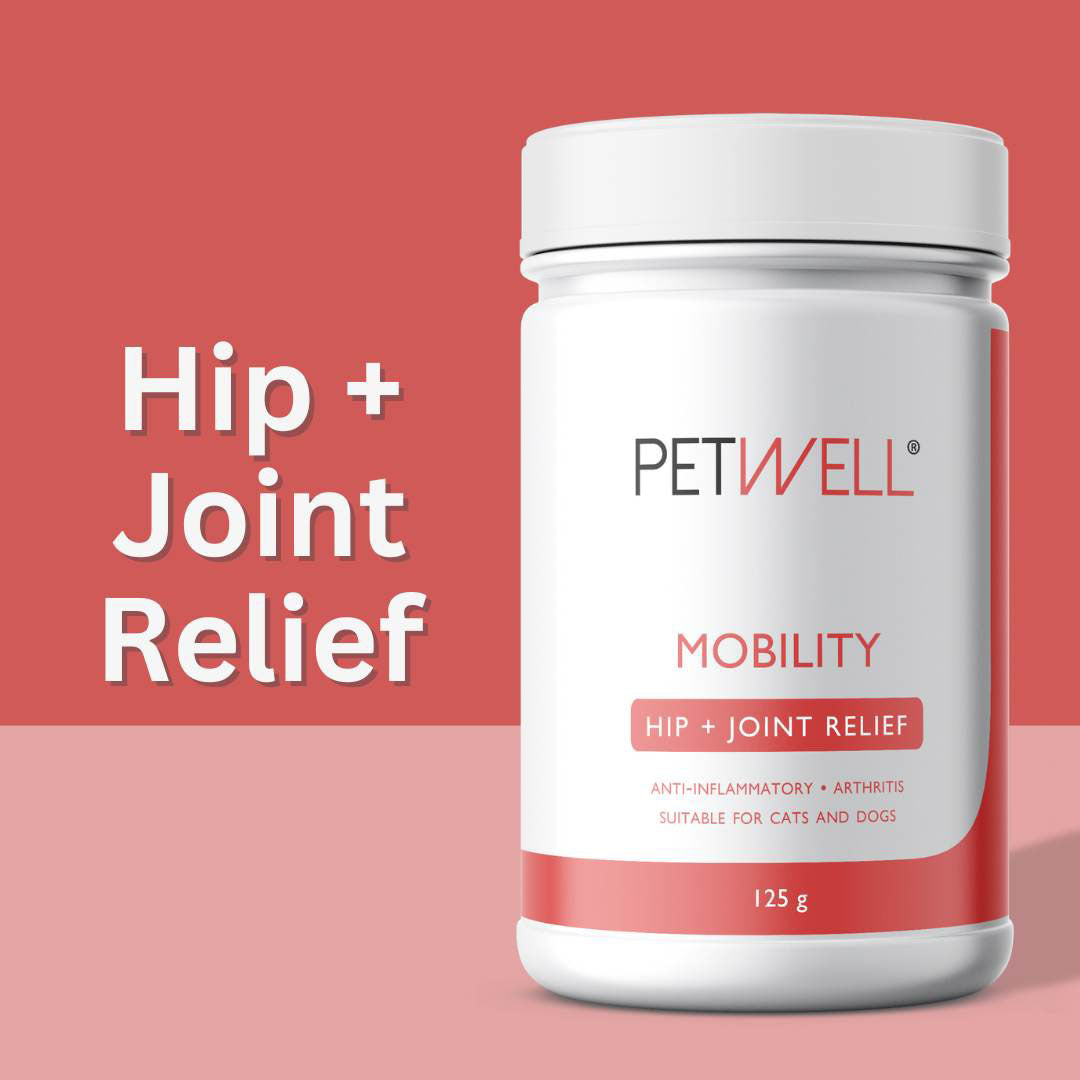
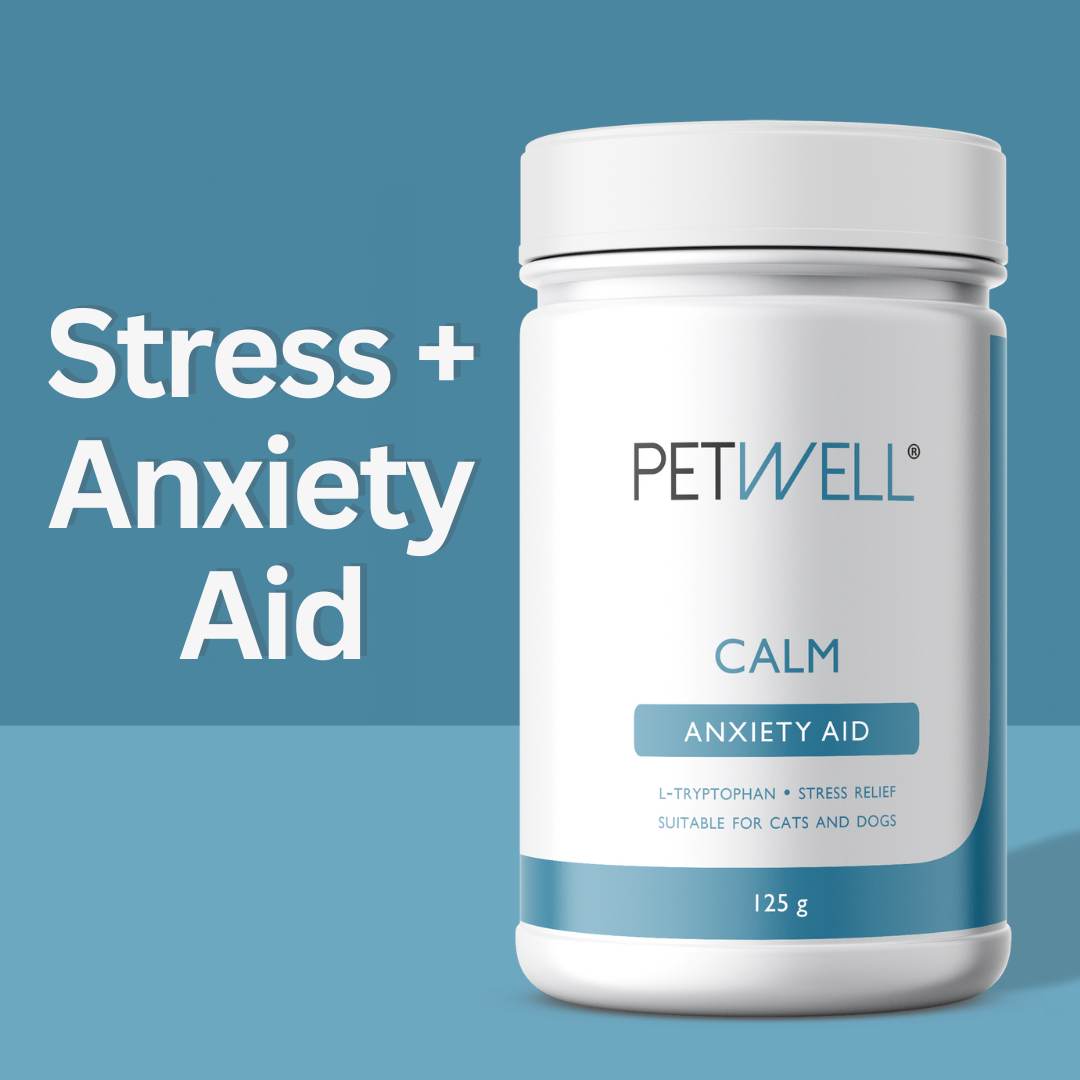

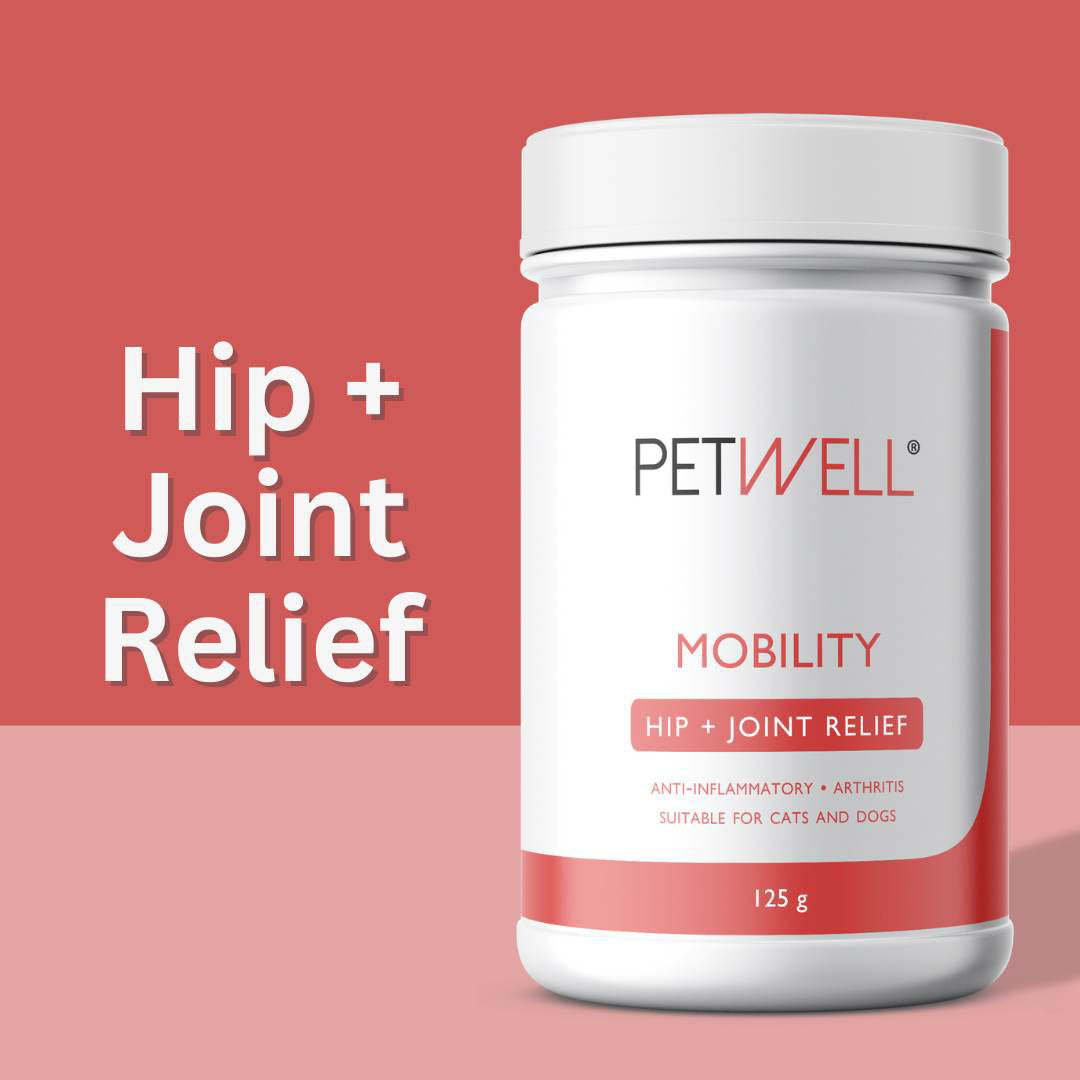
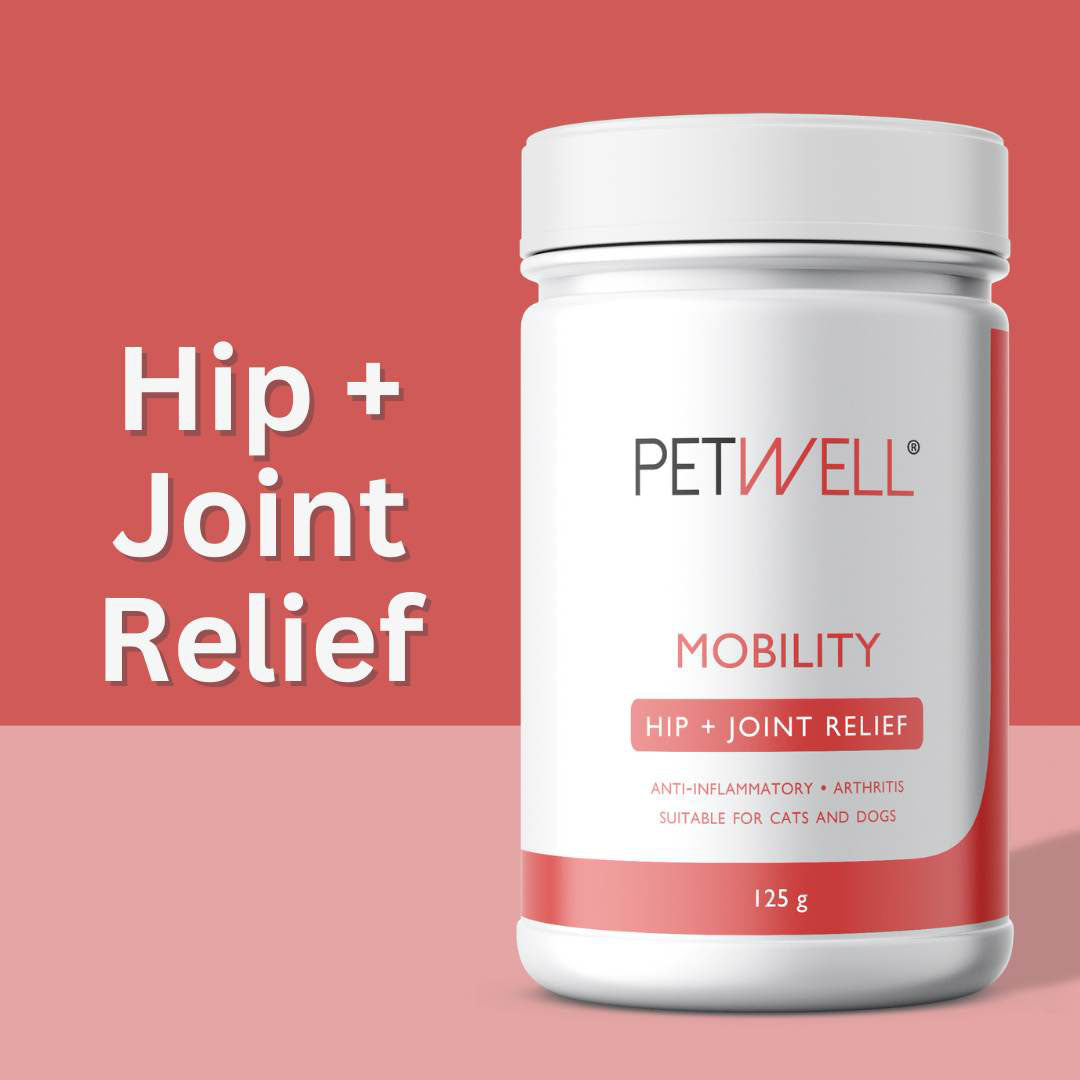
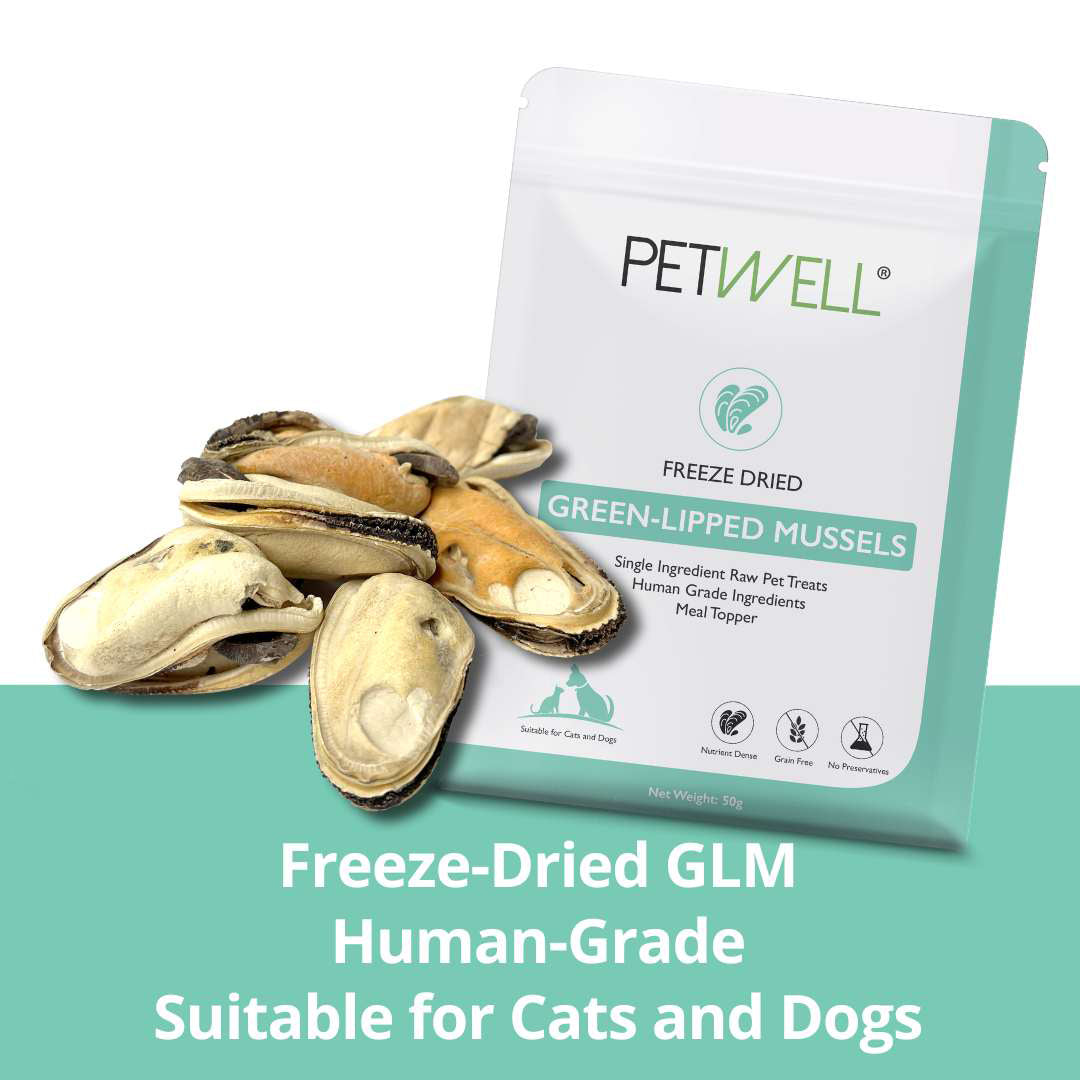


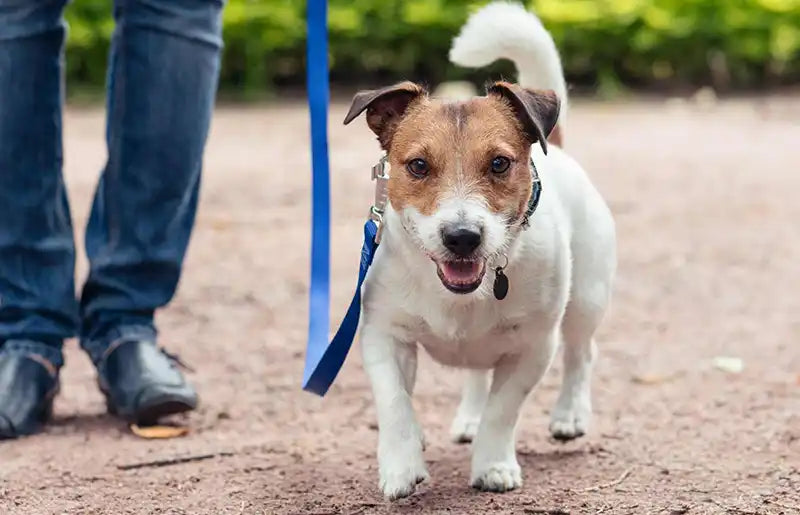








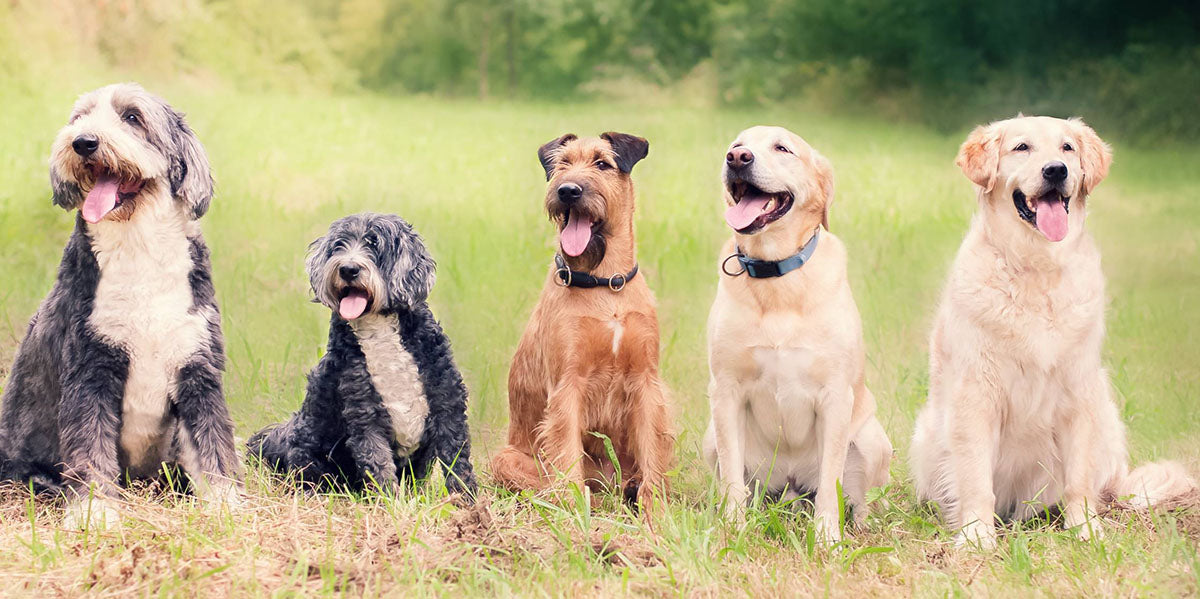


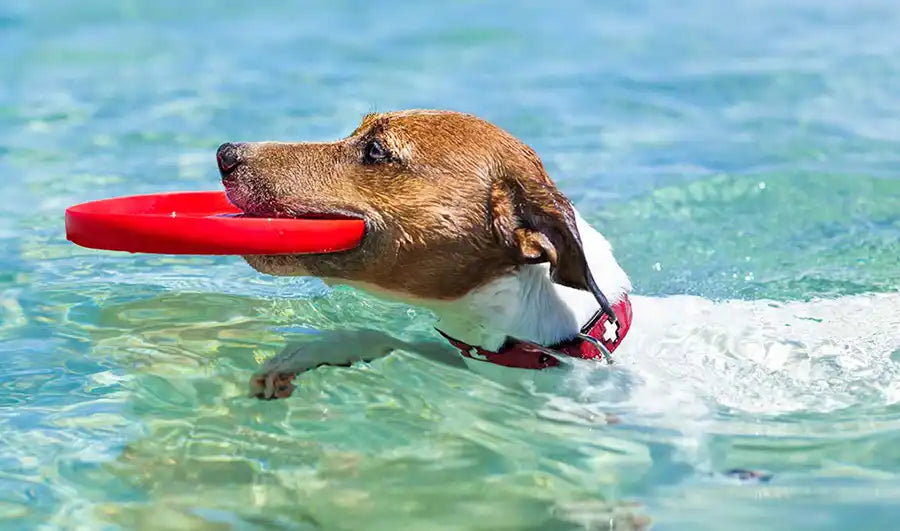
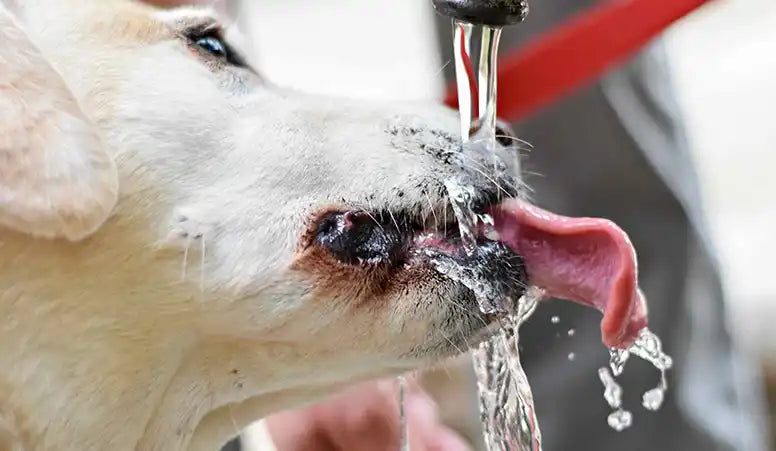
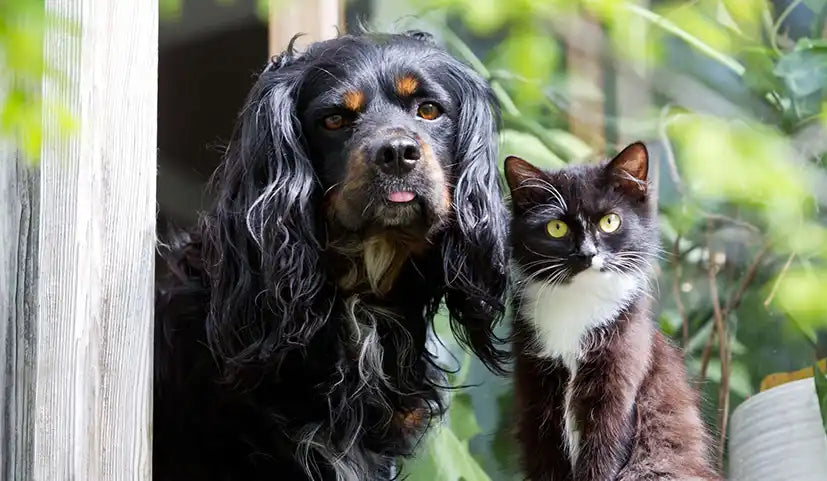

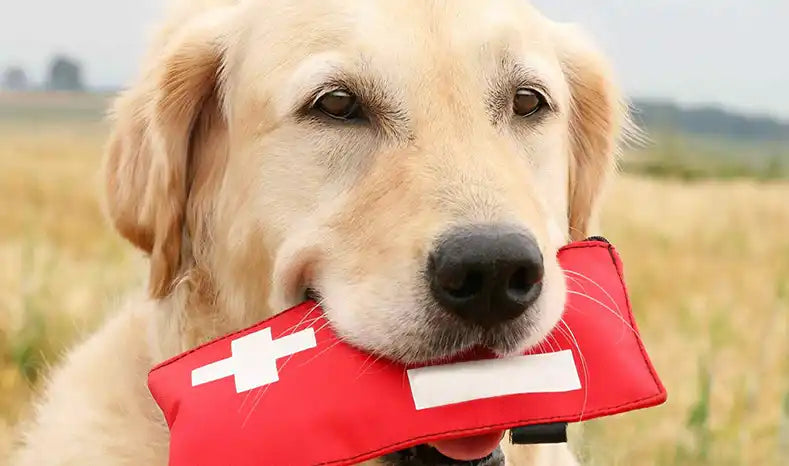

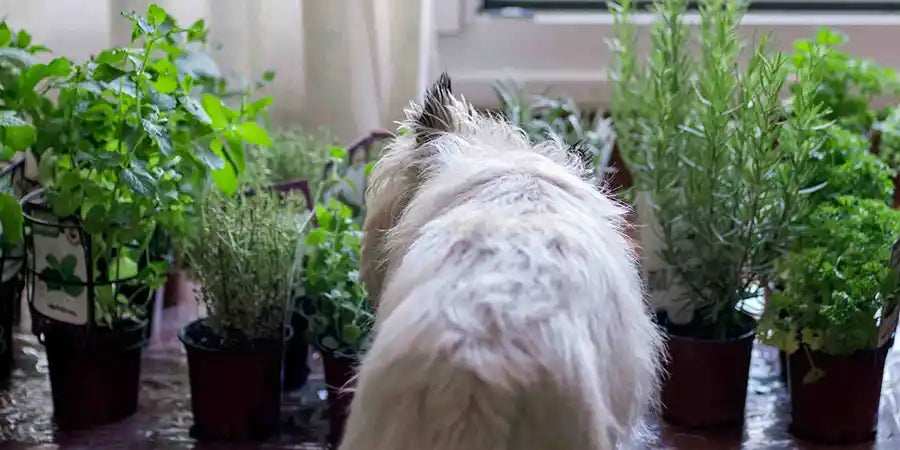

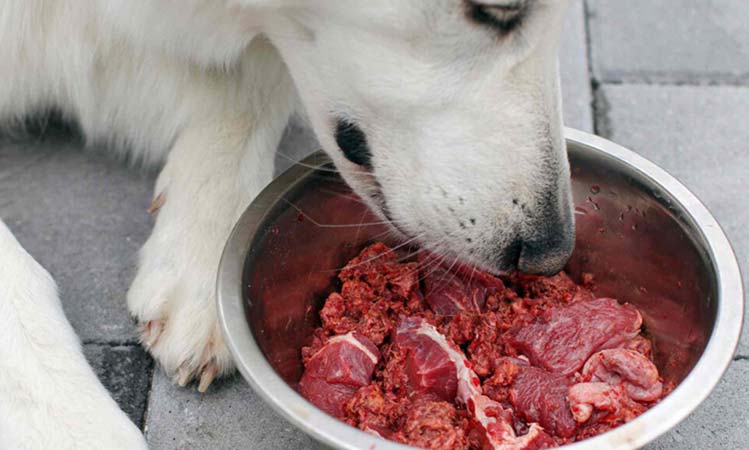
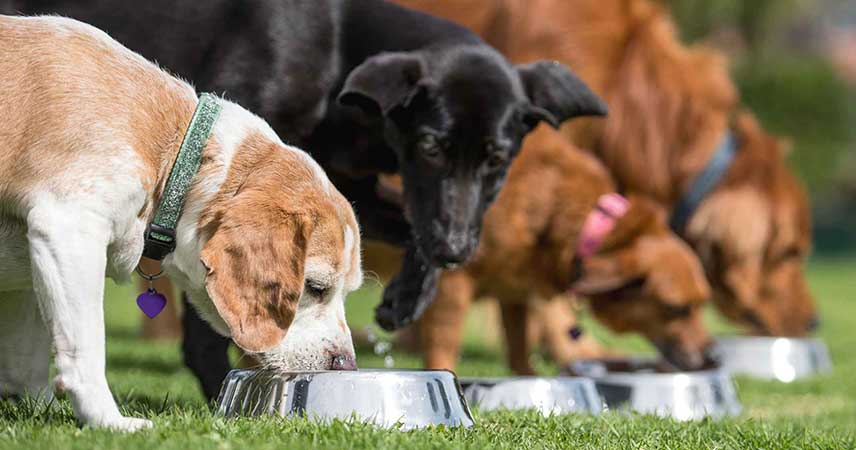
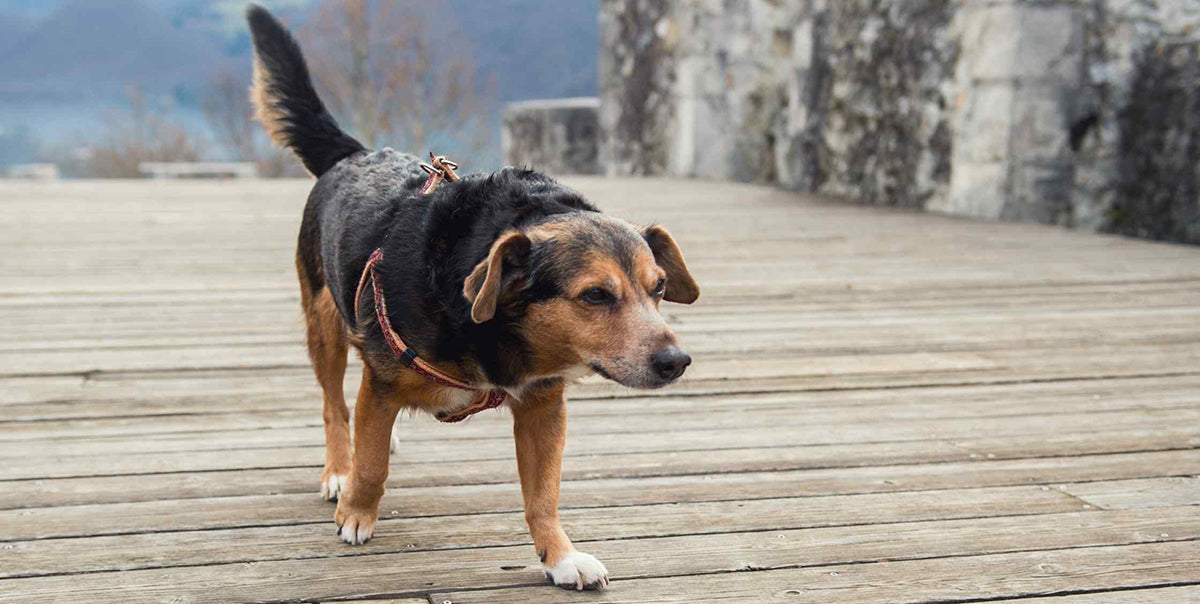
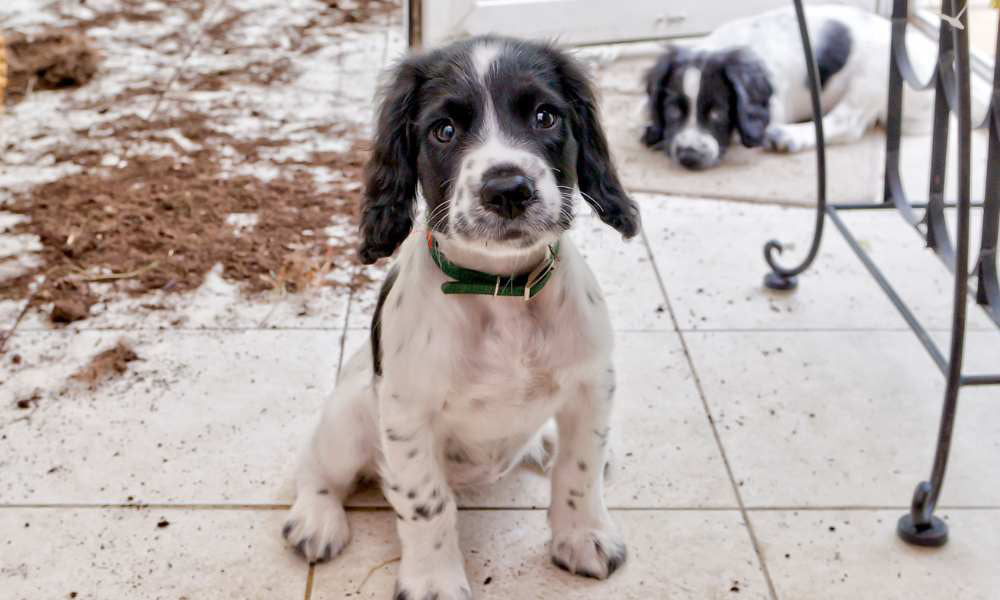
1 comment
Great article on On-Leash greetings. Agree with every word as I have a friendly dog who is not friendly when on leash. Coupled with a sense of duty in protecting me. When off- leash, he’s more comfortable allowing a large unknown dog to approach me if I’ve touched and talked to the stranger dog first and tell my dog that everything is fine.